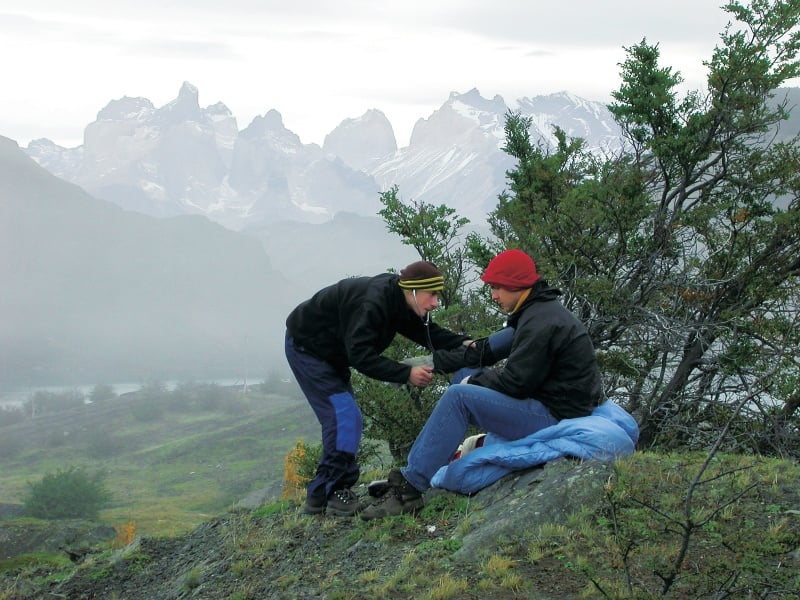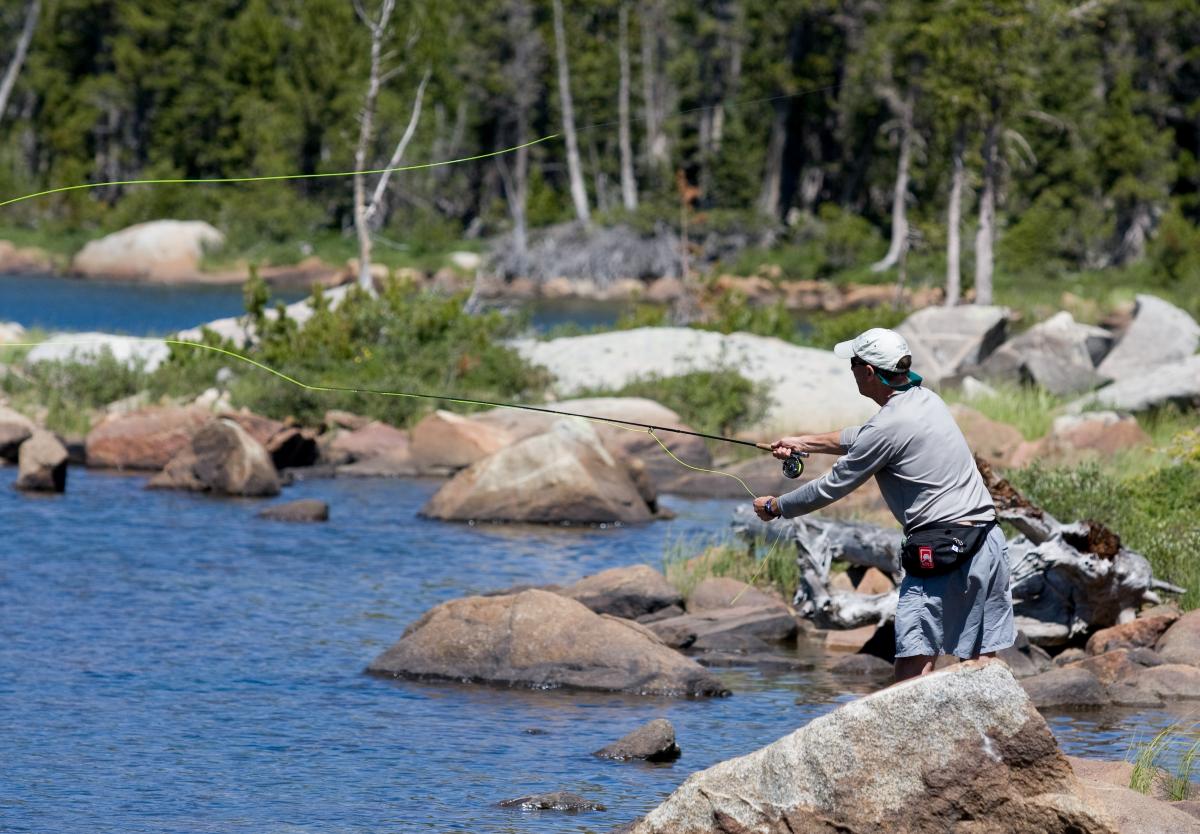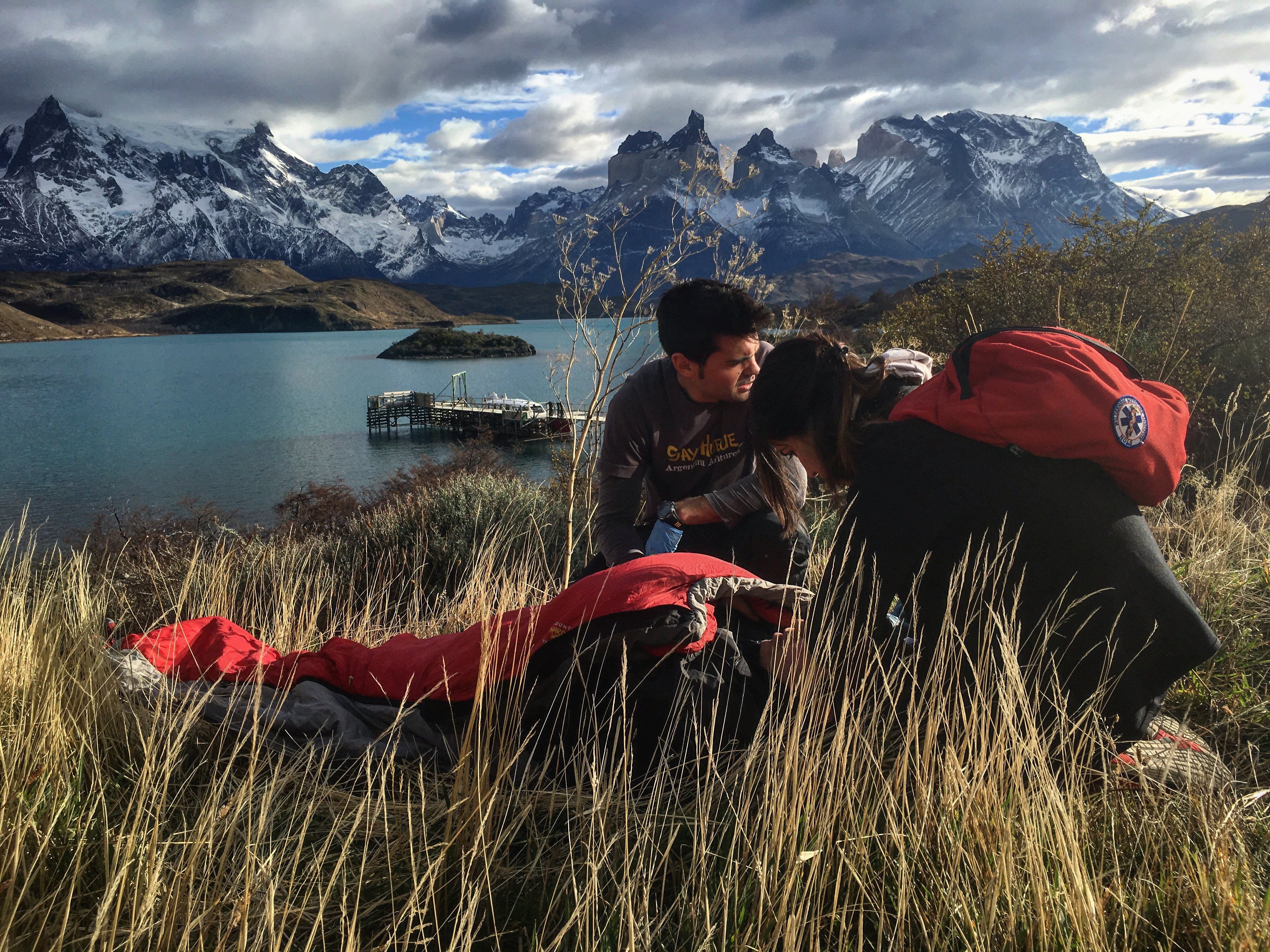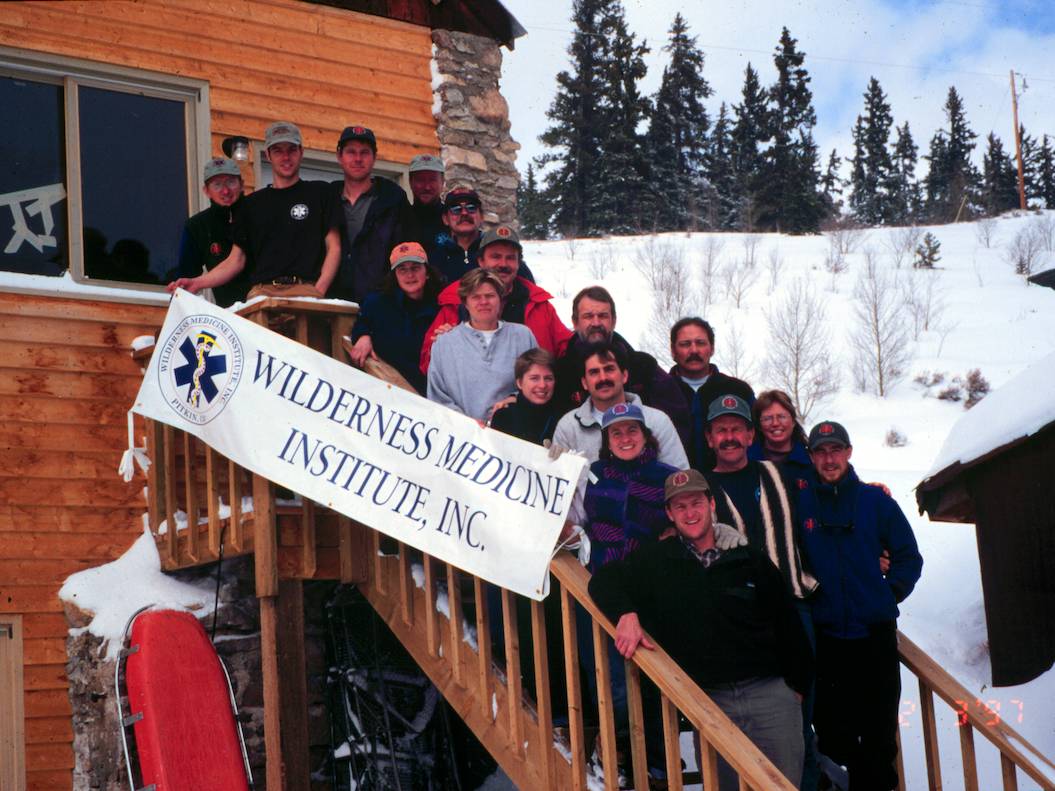While wilderness medicine is a constantly evolving field, some things stay the same—like people wondering whether it’s really ok to suck out snake venom, or the steps of the Patient Assessment System.
As 2018 wraps up, our team gathered this year’s most popular wilderness medicine topics from the NOLS Blog. Take a look to refresh your skills and get ready for whatever comes your way in 2019!
Quiz: First Aid for Eyes, Ears, Nose, and Teeth/h2>

Test your responses to facial injuries and irritations that can happen in the outdoors.
Gender-Inclusive Communication for First Responders

“Many injuries and illness are treated the same regardless of gender or sex; yet, in the cases when it is relevant to your care, not making assumptions and communicating in a respectful, inclusive way with your patient may be crucial. A well-educated medical provider needs to be aware and intentional in their communication in order to give effective care.”
6 Reasons Why You Should Take a WEMT Course (And Tips for How To Prepare)

“During the first multiple casualty scenario of my WEMT course, my team responded to a simulated flash flood incident. When we arrived at the scene, we found 6 mock patients in a river in varying levels of distress. One was complaining of leg pain. We rolled up her pant leg to see blood and bone ends exposed (the makeup was pretty convincing!). The team immediately got started using the training we had been learning and practicing.”
What to Do When You Hook Yourself: Removing a Fishhook

“You and your friend are out fly fishing on a perfect, sunny day. Suddenly, your rod catches in a sharp jerk. Downstream, you hear your companion yell in pain. You’ve accidentally hooked her.
Should she grit her teeth while you rip the hook out? Probably not. But this doesn’t necessarily mean the end of your day and a trip to the doctor’s office, either.”
Quiz: Bites and Envenomation

“Are you ready to respond to bites from fire ants, scorpions, snakes, spiders, and ticks? Keep in mind that ill-informed or misguided treatments can be just as harmful to the patient as venom itself.”
Patient Assessment: Visualizing the Head-to-Toe Exam

“You finish your scene size-up and initial assessment and have addressed immediate threats to your patient. Now, your next step is a focused assessment to gain a complete picture of the medical situation. A crucial part of that is a head-to-toe exam.”
Snakebites: Myth vs. Reality

“In the movies, snakes bite constantly, fly through the air to strike, and kill their victims almost instantly with their venomous bites. Those involved respond in all manner of ways, from trying to photograph and identify the snakes’ species in 2006’s Snakes on a Plane to cutting open the bite wound and attempting to suck out the poison in 2010’s True Grit. Needless to say, these sensationalized portrayals can be misleading.”
Get more stories like these sent to your inbox: Subscribe to the Scenario.
Written By
NOLS
NOLS is a nonprofit global wilderness school that seeks to help you step forward boldly as a leader.




